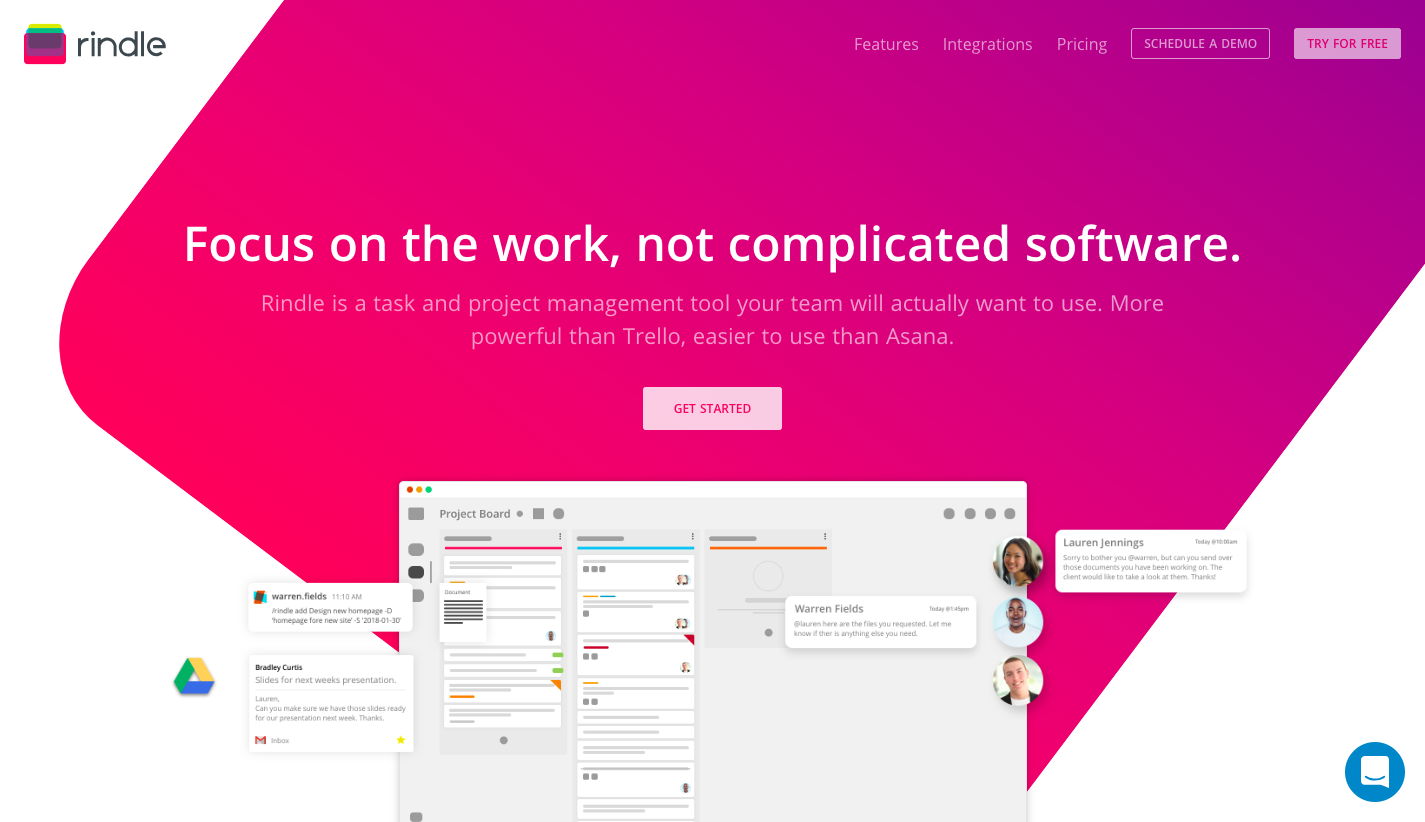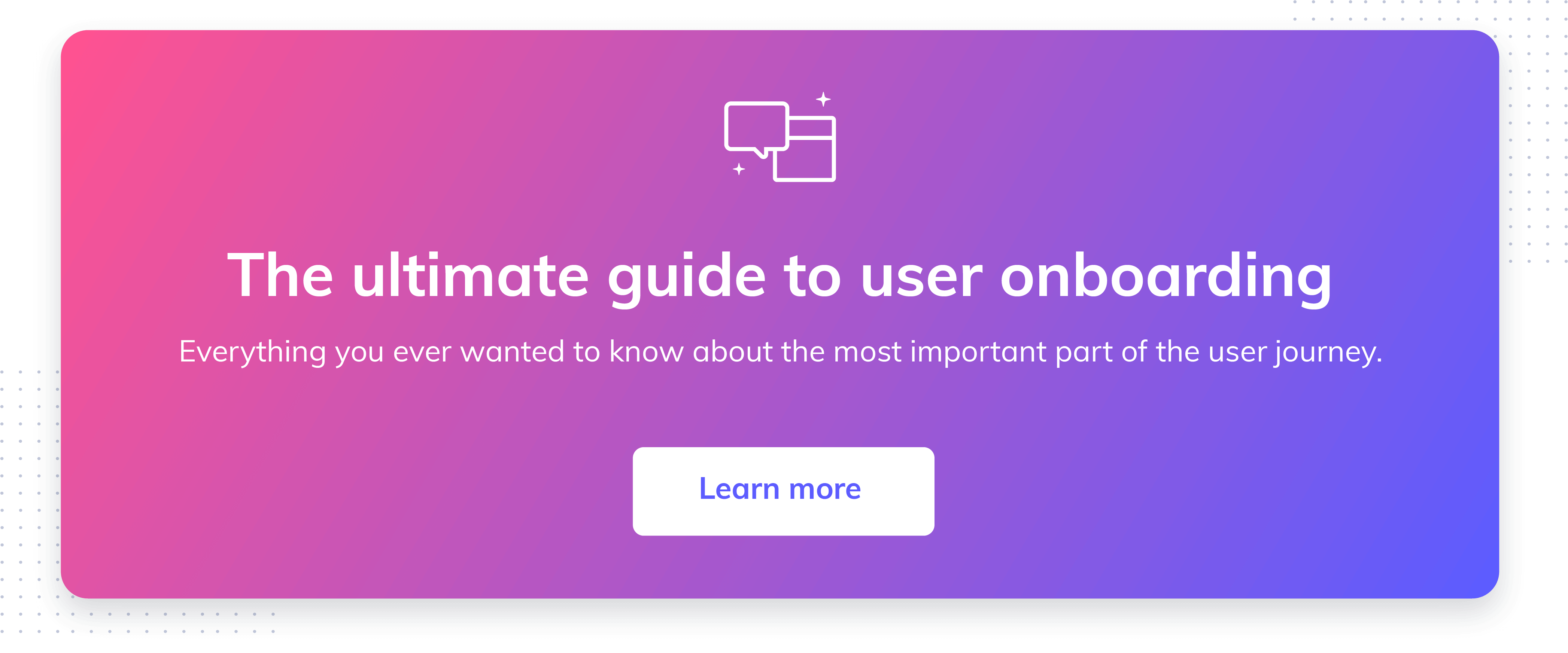How to troubleshoot your onboarding experience

.png)

.png)
[Editor’s note: This is part 1 of a 2 part series by guest contributor Asia Matos. You can find part 2 here.]
You might have been there before.
You strategically placed your bets on the best acquisition channels. You formed the absolute best campaigns. The free trials come rolling in. There's excitement.
It's working. This will help us meet our goals.
And then 30 days go by and 💥. You're hit with a harsh reality: 90% of your free trials churned.
Right out of your funnel.
So what do you do? You've gotta do some free trial troubleshooting.
In this 2-part post, you're going to learn exactly to:
Plus, I'll cover some of the other contributing factors leading up to growth!
For the purpose of this post, I'll be covering the work I've done for one of my favorite clients—Rindle.

Rindle is a project management tool for growing companies—except they've got a twist.
Rindle comes with a little thing called "workflow automations" which helps you create rules around your boards, tasks, and subtasks to automate the project management process.
If you have any experience with “if, then” statements and conditionals, you can definitely take advantage of the power of Rindle.
In April 2018, Rindle had a goal: Get new free trial users by the end of the month. Even better if most of them become paying customers.
Here's the mix of what we did:
Needless to say, we blew the goal out of the water.
Except we had one glaring problem—the free trials weren't converting like we had originally planned.
This is where I reveal the secret to the sauce.
It's the step most organizations don't take which ends up costing them time, money, and effort.
User. Research.
The JTBD Framework is a research process designed to get to the root of a customer’s motives and intentions. It's not sexy, but it's what works.
“A Job to be Done is the process a consumer goes through whenever she aims to transform her existing life-situation into a preferred one, but cannot because there are constraints that stop her,” according to Alan Klement, JTBD practitioner and expert.
Within the context of SaaS, when you gain a user, they've essentially hired your platform for a "job"—hence the "job to be done".
Typically that “job” is a new, better version of the customer and the way they see themselves.
You can use JTBD to really learn anything: have hard conversations at work, conduct user research, understand the next set of product features to build, solidify use cases, and so much more.
You can also use it to troubleshoot the onboarding process.
But we can't just bug our customers, free trial users, and cancellations willy-nilly.
Moreover, it's a huge challenge to get unfettered, real feedback from people about why they left or won't pay.
"What's wrong with our onboarding?" is also just a little tactless, and surprisingly enough, few people will rip your product apart (most people are actually really nice, even if you beg for it).
It’s a set of questions designed to understand the desire for the product, the problems they're hiring Rindle for, and their experience with the product.
For the questions, I drew inspiration from a few other JTBD practitioners and modified the questions to better suit our needs.
We didn't exactly have a ton of customers to start with—but to be honest, even if you do at least 7 interviews, you're still likely to find some patterns and outliers between all of the conversations you have.
We knew it would be tough to engage someone who's already cancelled, so to start, we implemented a one-question feedback form that shows up after someone cancels.
The question is simple: "What led you to cancel today?" with an open-ended text box.
When someone cancels and fills out this text box, the response is automatically populated as a card in Rindle and uploaded to the "Customers" board under the "Cancellation Reasons" list.
We can do what we want with the data from here—like populating it into a spreadsheet for future use. (And actually, in the future, we plan to move towards a radial selection with a set of reasons based on the feedback we got. We expect this to increase the likelihood of someone giving us a cancellation reason.)
Next, we created a short list of customers and free trial users to interview.
We had about 6 customers—all in different stages of their journey with Rindle—and we managed to get 1 cancellation user on the phone for an interview.
The interviews were 30 minutes long and we followed the same template every time:
In fact, here's a link to the exact document we used when conducting the interviews.
After scheduling and conducting a few interviews, we noticed a few themes kept popping up over and over again:
But the absolute most mission-critical interview we did?
The one guy we interviewed who cancelled.
I mentioned before that it's pretty tough to get cancellations on the phone unless you offer some kind of incentive or promise you're not going to try to sell them back into the platform.
For this interview, I pitched something a little different:
And in return, I got some pretty crucial, no-holds-barred feedback:
Hmm.
Well I say bingo!
We were definitely onto something…
Customer research for both free trial users and customers (and even cancellations) was just the beginning of our user onboarding journey.
Leveraging the JTBD framework for interviews not only helped us connect with our customers, but also helped us guide our onboarding teardown.
Instead of hacking away at a teardown without understanding the context first, we decided to start with the source first—and through interviews, understand exactly what our customers were struggling with.
In Part 2 of this series, I’m going to go step-by-step on how we:
Keep reading. You can find Part 2 of this article here.
